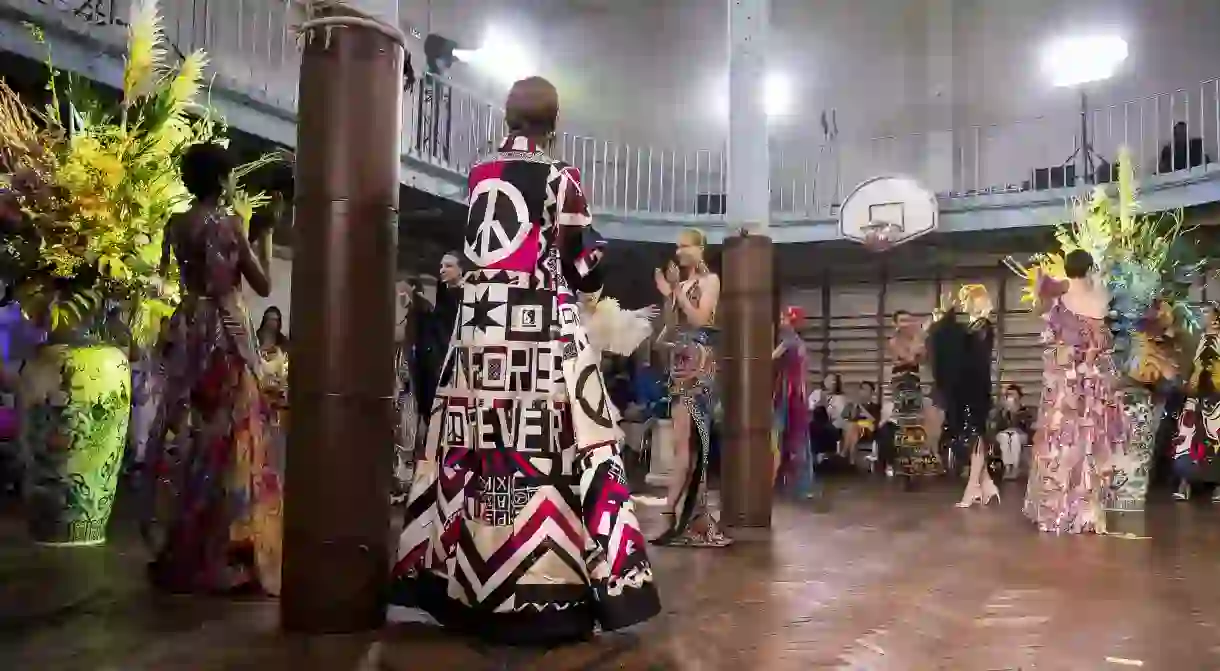Why Haute Couture Fashion Week Is More Relevant Today Than Ever

As Paris Haute Couture Week comes to a close, Culture Trip reflects on the evolution of the event and what it stands for today.
Despite its French heritage, it was English couturier Charles Frederick Worth who established the first haute couture fashion house in 1858. In 1945, a set of guidelines were put in place to define exactly what made labels worthy of the title, which translates as high dressmaking. Twice a year designers had to present collections of 50-plus pieces spanning both day and eveningwear, demonstrate exquisite hand-craftsmanship and operate from a Paris-based atelier with a minimum of 15 employees. The label also had to offer a bespoke made-to-measure service.
The rules still apply and, as such, many fashion houses have dipped in and out of the category throughout the years. Today, it’s the likes of Chanel, Giambattista Valli, Givenchy and Christian Dior that continue to keep the genre alive in its truest form, but in January 2017, the event welcomed a select handful of ready-to-wear labels to the schedule for the first time. Bridging the gap between the elite and up-and-coming names, this development proved that Haute Couture Fashion Week was far from dated.
You may also like: Why Are There No Haute Couture Fashion Houses in London?

Autumn/winter 2018 presentations, which have just come to a close, saw the heritage labels start to introduce a sense of modernity into the mix despite collections usually being rooted in tradition. Giambattista Valli stated that “The idea of youth is important,” when talking about his collection backstage. High-rise tailored trousers and bandeau tops adorned with oversized bows led the presentation, celebrating a new wave of younger couture customers and their confidence in styling luxury items by day. This, as well as gowns designed to show subtle flashes of midriff and mini-dresses embellished with feathers, was a collection that, in part, made couture feel wearable and relatable to the contemporary consumer.

Dior’s presentation hinted at a similar idea, albeit in a ‘Dior’-like manner. Artistic director Maria Grazia Chiuri sent models down the runway in minimalist ruffled tailoring and pleated midi dresses as well as the signature tulle and floral-applique gowns. Surprisingly, she called out her favourite look as being a navy skirt and jacket combination that exemplified the label’s foray into this more low-key, wearable design direction.

This season, contemporary Australian label Romance Was Born was among the handful of up-and-coming labels selected by the Fédération de la Haute Couture et de la Mode and invited to showcase. A worthy addition to the schedule, the brand’s designs are elevated by handworked appliqué, embroidery and intricate beading. For AW18 the design duo behind the label worked with artisans and experts from all over the world to create their Step Into Paradise collection.
It’s the combination of heritage brands edging ever closer to ready-to-wear and emerging labels bringing a sense of modernity to Paris Haute Couture Fashion Week that makes the event relevant today. A chance for designers to showcase their best and most intricate work, it remains a celebration of craftsmanship, skill and exquisite design, but its recent updates and subtle nod to the future hints at an exciting time for the future of haute couture.













